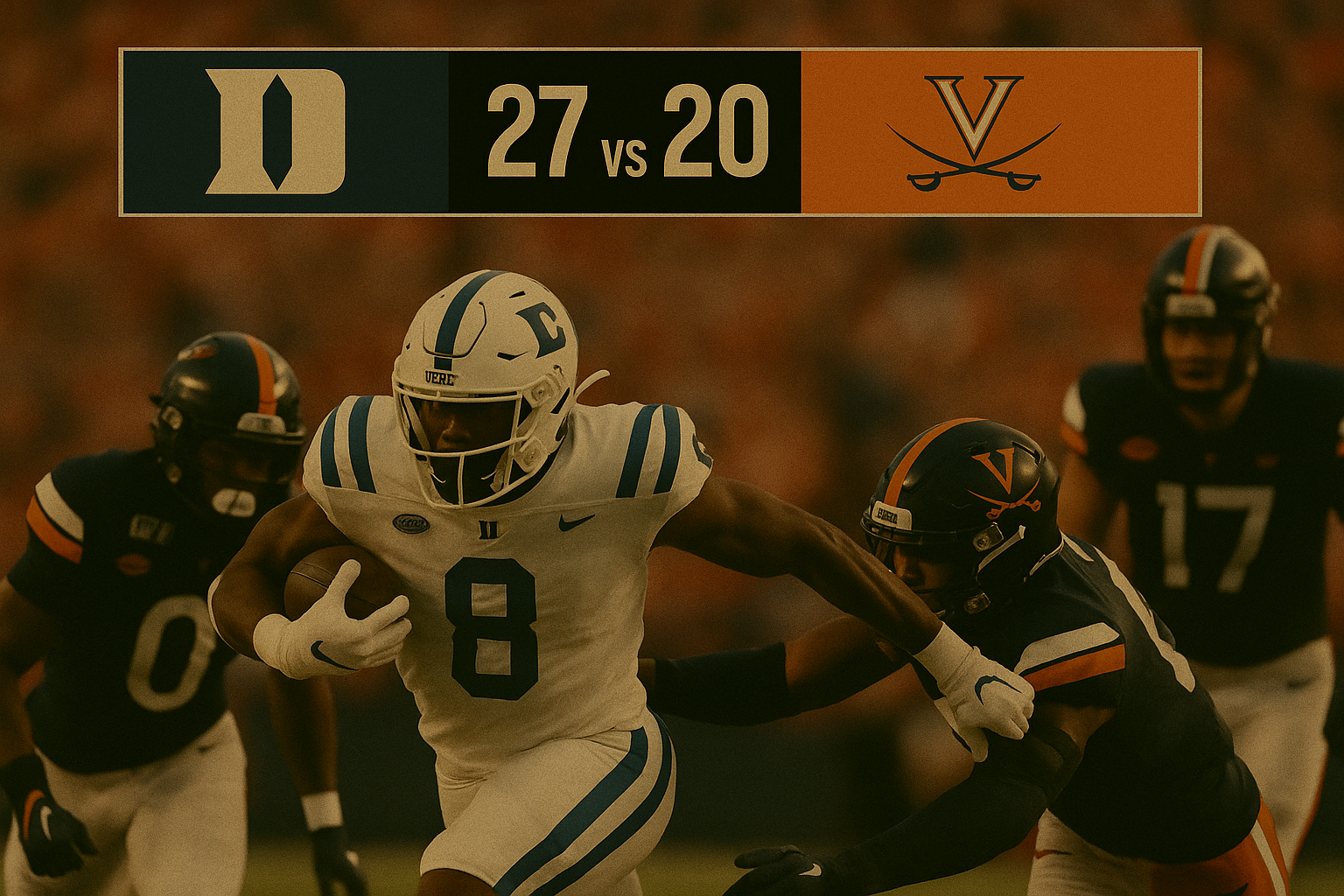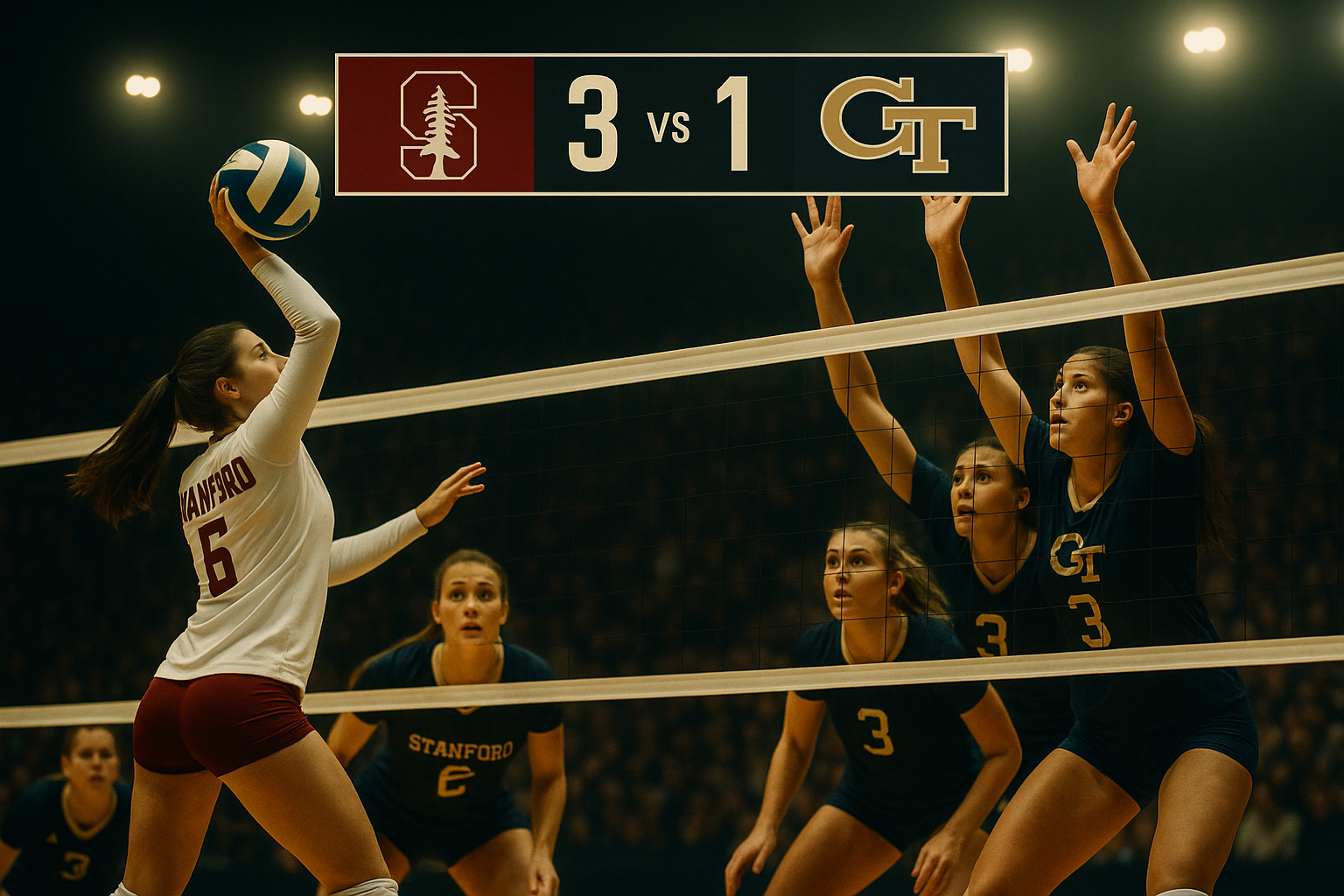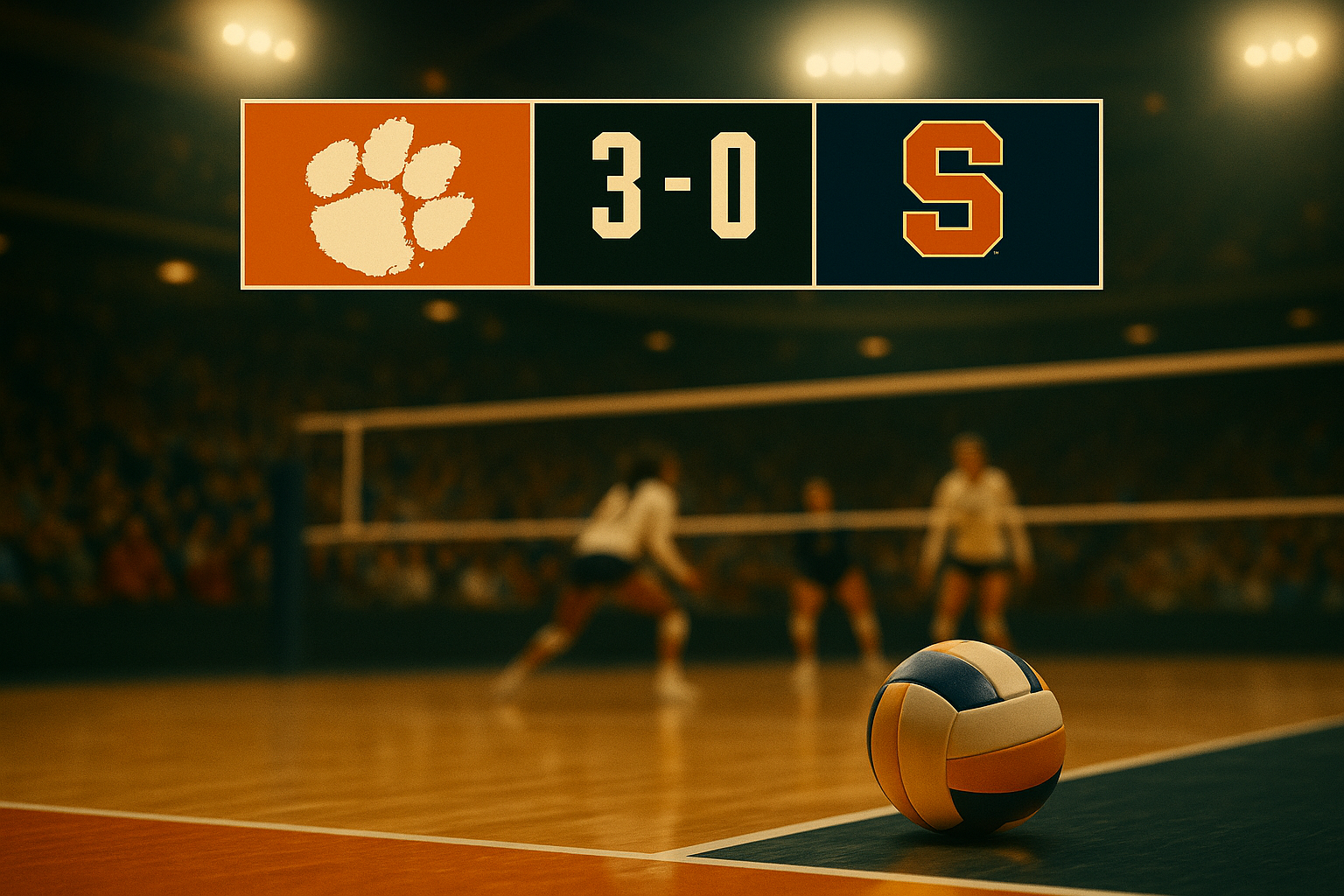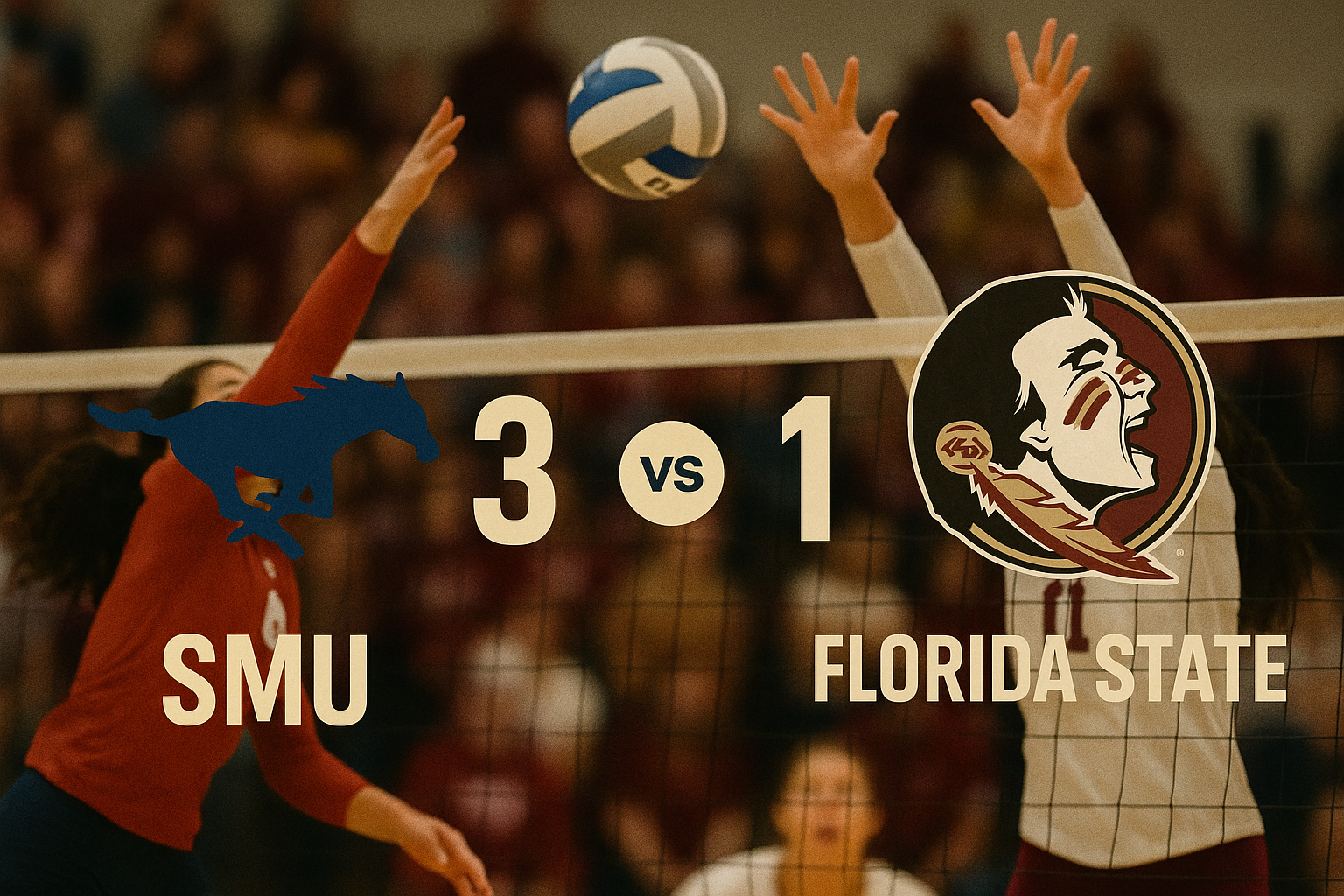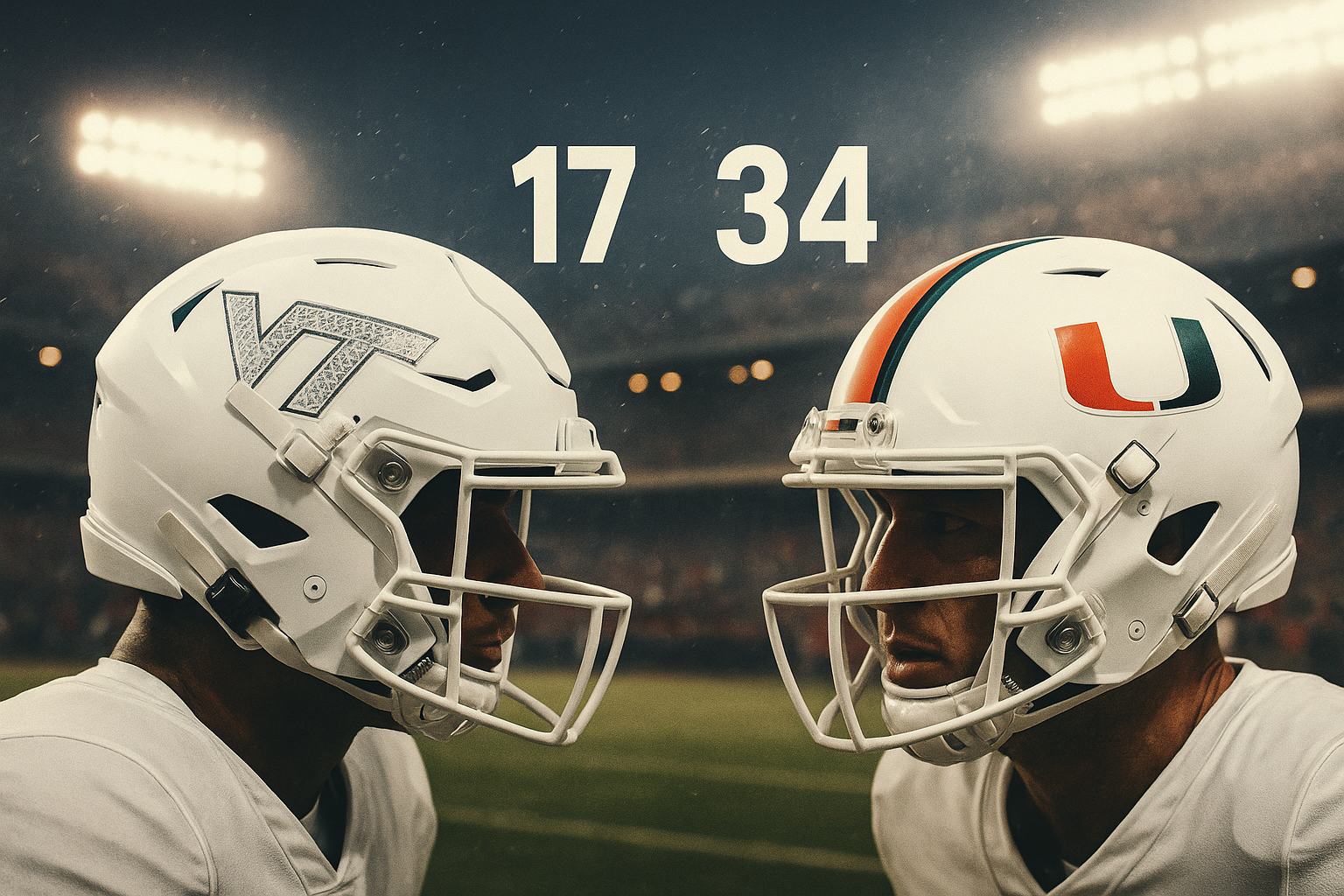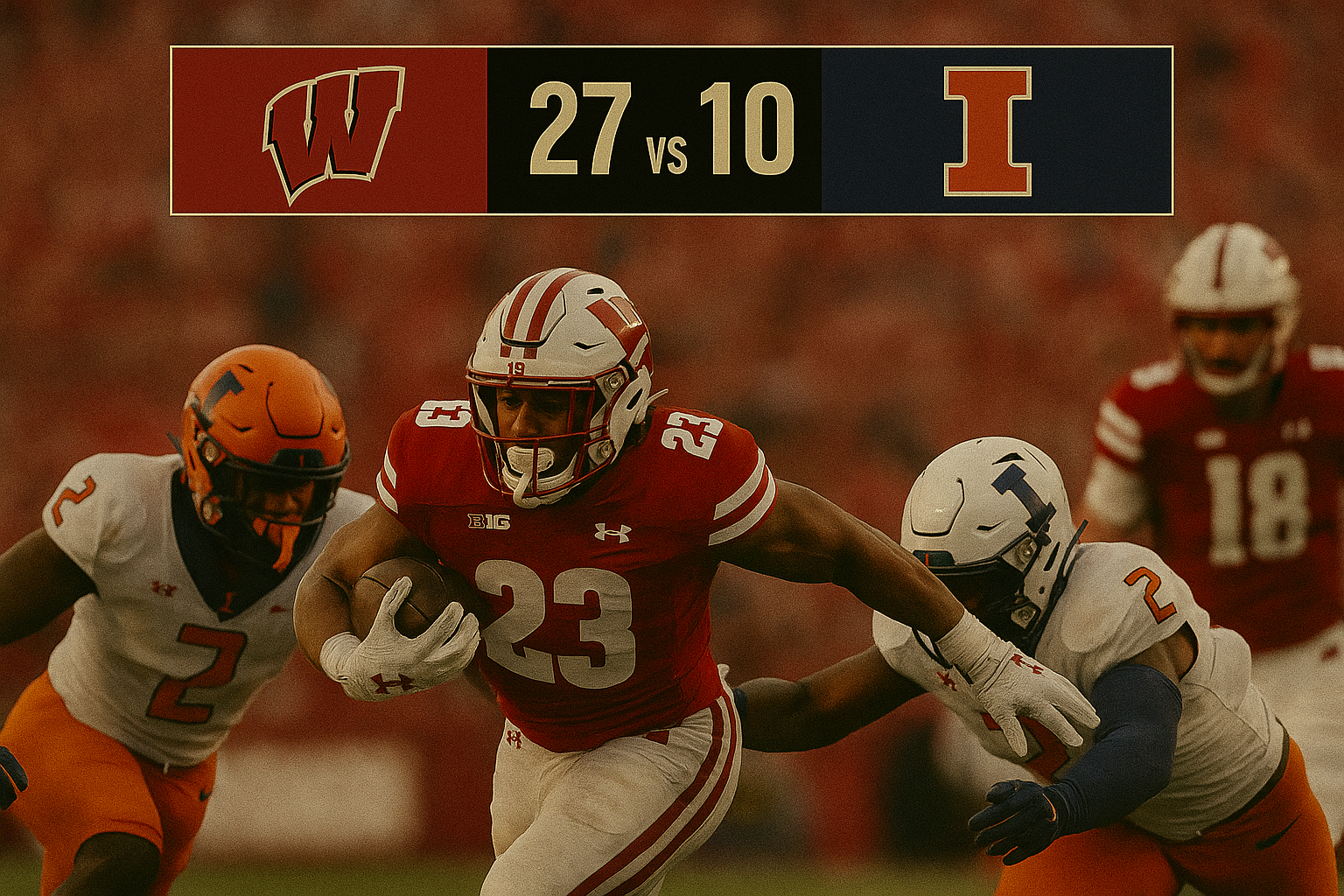CFP Power Struggle: Greg Sankey Pushes Back on ACC and Big 12 Criticism
A Shifting Landscape in College Football Governance
As the College Football Playoff (CFP) gears up for its 16-team format, the once-unified front among Power Four conference leaders is fracturing. The Southeastern Conference (SEC), long a pillar of college football dominance, is now positioning itself more forcefully in debates over playoff structure, access, and revenue. SEC Commissioner Greg Sankey, often a diplomatic spokesperson for the sport, has taken a sharper tone in response to what he perceives as strategic posturing from the ACC and Big 12.
While ACC Commissioner Jim Phillips and Big 12 Commissioner Brett Yormark have issued statements underscoring their support for “the good of the game,” Sankey sees a contradiction. To him, the coordinated messaging from these leagues reveals more about their desire to influence the playoff’s political narrative than a genuine willingness to share in difficult compromises.
These divisions became evident following the adoption of a straight-seeding model in the CFP. Previously, the four highest-ranked conference champions received first-round byes; now, the top four overall seeds—regardless of conference—earn that advantage. This shift, though subtle, represents a fundamental redistribution of prestige and power that seems to benefit larger, deeper conferences like the SEC and Big Ten.
The Stakes Behind the Rhetoric
The playoff expansion isn’t just about crowning a national champion—it’s about controlling the financial, political, and cultural center of college football. The proposal that has gained momentum awards four automatic playoff bids each to the SEC and Big Ten, two each to the ACC and Big 12, one to the top-ranked Group of Six team, and three at-large berths. Such an allocation reflects current power dynamics but also reinforces the emerging two-tiered nature of FBS football.
Sankey, standing firmly behind his conference’s interests, has made it clear that the SEC will not allow itself to be marginalized through what he views as performative calls for fairness. He points to a lack of actionable alternatives coming from other commissioners, suggesting that behind the press statements is a deficit of viable proposals.
Moreover, his frustration isn’t just institutional—it’s strategic. SEC athletic directors are reportedly unhappy with what they see as disproportionate concessions in previous playoff agreements. For example, when higher-ranked SEC teams like Texas or Tennessee are forced to play road games while less accomplished programs secure home field or byes, the perceived imbalance becomes a sticking point.
Historical Fractures and Future Flashpoints
Tensions today are fueled in part by lingering animosities from past dealings. The failed “Alliance” among the ACC, Big Ten, and Pac-12, initially formed to counterbalance SEC expansion, delayed meaningful playoff reform and deepened distrust. The SEC, which pushed for early CFP growth, found itself in a holding pattern due to what it considered political maneuvering by those very conferences now calling for compromise.
At the same time, realignment pressures and conference raids have added fuel to the fire. The ACC and Big 12, in efforts to remain nationally relevant, absorbed programs from the Pac-12 and other leagues. These self-preservation moves, according to Sankey, hardly exemplify acting in the sport’s best interest—making their moral appeals now ring hollow in SEC circles.
Sankey’s response is as much about protecting long-term influence as it is about immediate policy. Behind his measured outrage lies a growing readiness to act unilaterally if compromises continue to undermine SEC priorities.
This includes resurrecting discussions around a conference-exclusive playoff model, an idea floated publicly in 2021 and still lurking in the background.
A Battle of Vision and Leverage
The broader issue is one of vision. While other commissioners advocate for structure and balance, Sankey and the SEC are leaning into a market-driven model of college football. In that worldview, performance, investment, and audience size should dictate access—not arbitrary balance among unequal conferences.
The upcoming approval of the House v. NCAA settlement, which could introduce revenue sharing with student-athletes, makes this debate even more critical. As new financial demands emerge, high-value matchups and elite postseason access become essential revenue streams. Sankey and his allies argue that the SEC’s value to the sport—in viewership, media rights, and athlete development—justifies a larger stake in that future.
Conference strength, scheduling rigor, and roster depth all shape the postseason discussion. For Sankey, giving equal access to conferences with fewer resources, smaller audiences, and thinner résumés compromises the legitimacy and sustainability of the CFP model.
The Road Ahead for the College Football Playoff
The debates unfolding today are shaping more than just tournament logistics—they are redrawing the power map of college football. With playoff expansion all but guaranteed and conference realignment continuing, the dynamics between the SEC, Big Ten, ACC, and Big 12 will define the next decade of the sport.
While Sankey insists he remains open to creative ideas and collaboration, the burden, in his view, lies with other conferences to present credible plans. Until then, the SEC will continue advocating for a model that reflects its status and secures its future—no matter how many press releases are issued in opposition.
One thing is certain: the next iteration of the CFP will not simply be an expansion of games—it will be an expansion of influence. And right now, Greg Sankey and the SEC are playing to win.
